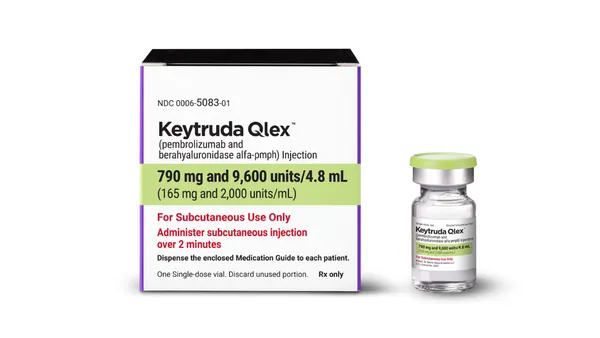Jay Doniger VP, Creative Advertising Donahoe Purohit Miller Anshal Purohit Director, New Business Development Too many creative campaigns are crafted on ideas of what would look great, be different, or have “stopping power,” without considering the brand itself. Strategic Creative There must have been a time when the term “commercial art” prompted the same misunderstanding, or even revulsion, from creative purists. But both terms describe the same process of applying artistic expression to achieve a functional or tactical purpose. And whether we want to embrace the idea or not, time has proven that focusing the creative process through a prism of strategic objectives not only serves to enhance creative execution, but is critical to its success. Making the Translation Art for art’s sake, no matter how inspired, doesn’t count for much in a competitive medical-marketing environment, where share of mind isn’t worth nearly as much as share of market. A campaign that engages the audience with powerful imagery but fails to deliver a relevant, memorable message is good only for the few seconds during which it is viewed. Upon leaving, the audience will either forget the advertisement entirely or be left with a powerful image that resonates, but has absolutely no meaning or relevance. At this level, the ad has failed, because its purpose is not simply to be beautiful, or shocking, or even creative; its purpose is to drive business, inspire thought, and ultimately change behavior. Too many creative campaigns are crafted on ideas of what would look great, be different, or have “stopping power,” without considering the brand itself. These distinguishing factors should not come from the imagery alone, but should be drawn from a sound and unique positioning platform that articulates exactly where the brand should sit in the mind of the consumer. The translation of this platform is the essence of strategic creative, and is the necessary foundation for a successful creative campaign in the medical marketing environment. The challenge is finding a creative expression for the brand that meets, or even exceeds, both creative and strategic criteria. It should have impact —- “stopping power.” But it should also mean something to the audience, not only when they first see it, but as they consider their practice, patients, and prescribing decisions. To ignore either component of this equation is irresponsible and will lead to nothing more than an unbalanced, suboptimal expression of a brand’s potential, and ultimately the failure to fulfill that potential. The Takeaway Don’t put crayon to paper without well-defined, well-crafted, client-approved strategic creative. Doing so will likely be a waste of time and money. Too many creative campaigns are crafted on ideas of what would look great, be different, or have “stopping power,” without considering the brand itself. The Creative Process Donahoe Purohit Miller, Chicago, is a full-service, independent healthcare advertising agency. For more information, visit dpmadvert.com. March 2006 VIEW on Advertising
An article from


Strategies Behind Creative
Filed Under:
Commercialization








